Abrisa Technologies can fabricate many edge treatments for the various glass substrates we provide. The edge treatment selected can affect functionality and performance.
Edging is done for safety, cosmetics, functionality, cleanliness, improved dimensional tolerance, and to prevent chipping. Edging is generally described as a grinding process used to remove the sharp or raw edge of cut glass.
The most common edge treatments done at Abrisa Technologies are:
- Cut/Seam – this is often called a safety seam edge or swiped edge, the primary purpose is to remove the sharp edges; it is not a smooth cosmetically finished edge. A sanding belt is used to lightly sand off the sharp edge of the glass.
- Machine Ground – Diamond embedded grinding wheel put a satin finish on the edge
- Pencil – edge has a radius similar to pencil of a “C-shape”.
- Flat – a flat edge with a small 45 degree chamfer on the very top and bottom.
- Machine Polished – Taking a ground edge another step, polishing the edges to give the glass a nice sheen finish.
- Pencil – edge has a radius similar to pencil of a “C-shape”.
- Flat – a flat edge with a small 45 degree chamfer on the very top and bottom.
Flat Ground or Polished Edge
Pencil Ground or Polished Edge
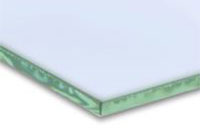
Cut/Seam Soda Lime
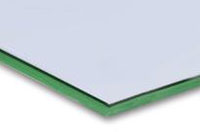
Flat Polished Soda Lime
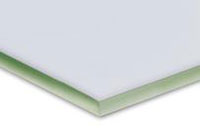
Pencil Polished Soda Lime
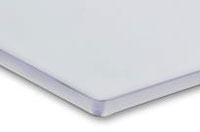
Pencil Polished Borofloat®
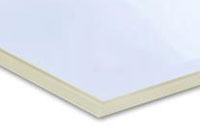
Flat Ground Borofloat®
Minimum glass thickness for edging at Abrisa Technologies is: 0.020” (0.5mm)
* Edge photos are for sample reference only. Actual edge treatments may appear more sheen like for polished edges.